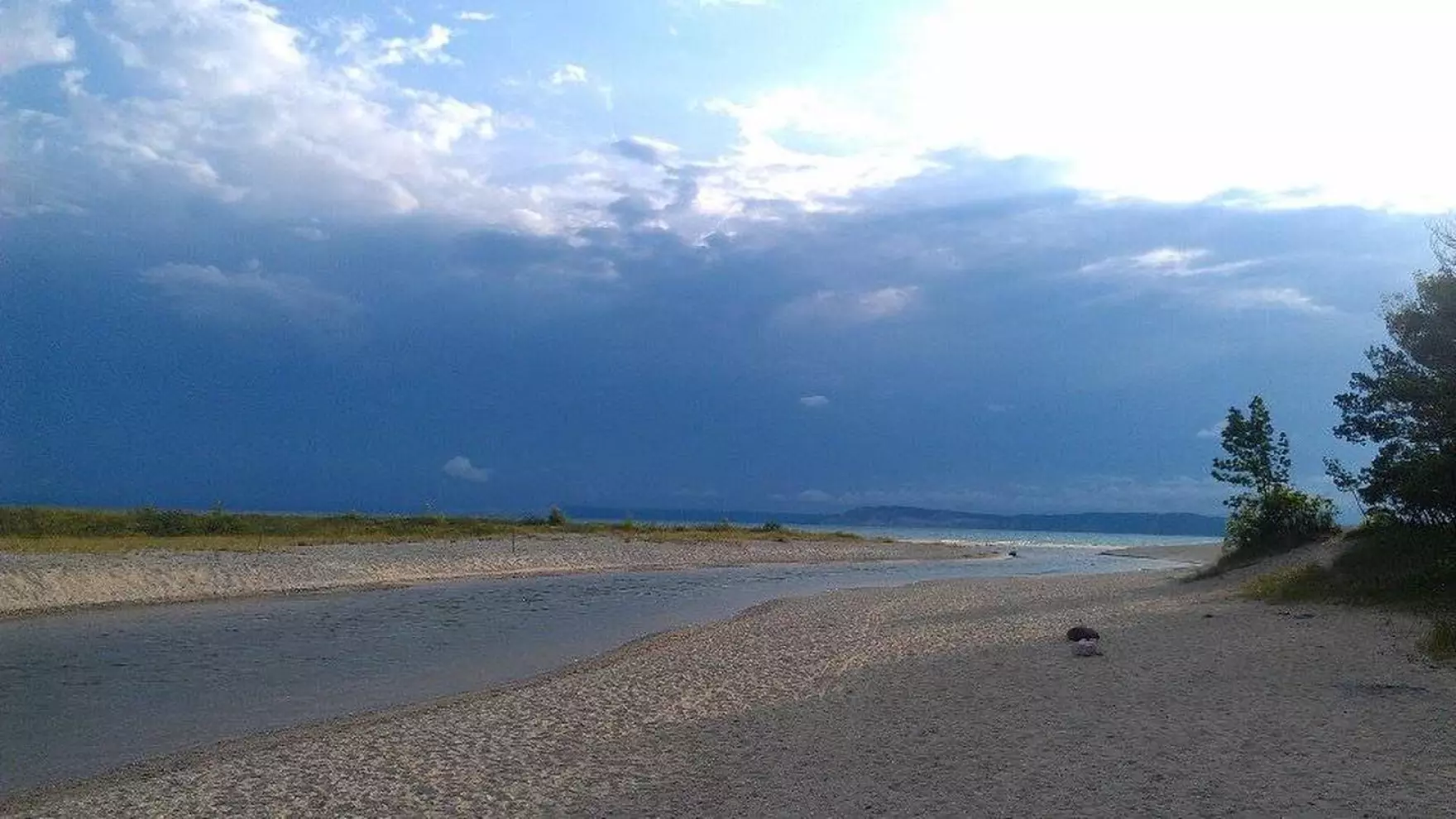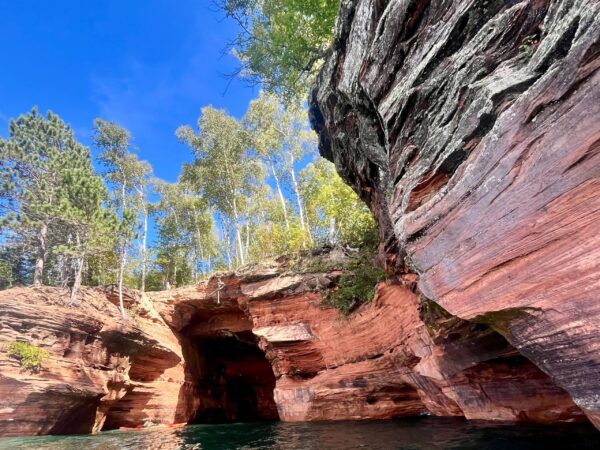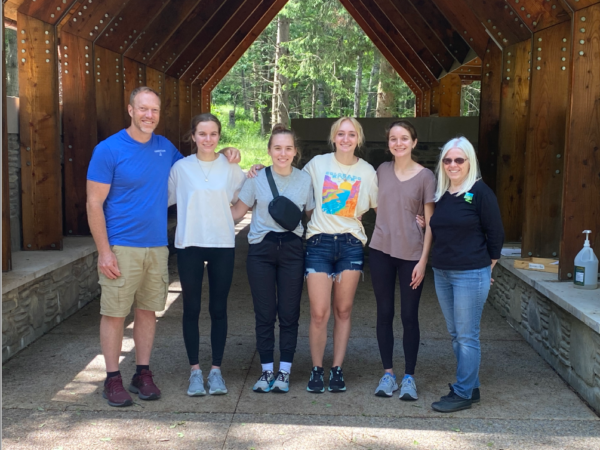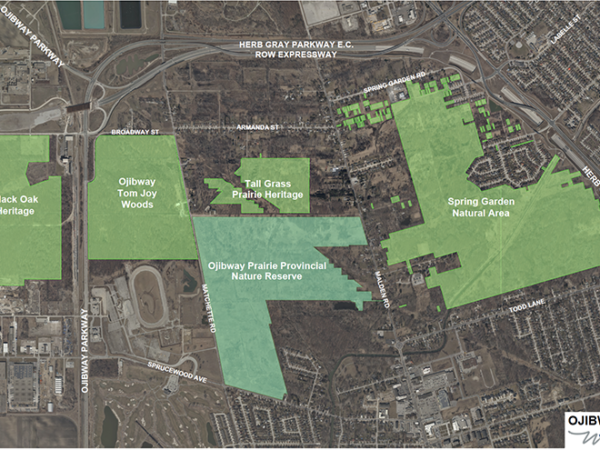
By Teresa Homsi | WCMU, Michigan Radio
The Great Lakes News Collaborative includes Bridge Michigan; Circle of Blue; Great Lakes Now at Detroit Public Television; and Michigan Radio, Michigan’s NPR News Leader; who work together to bring audiences news and information about the impact of climate change, pollution, and aging infrastructure on the Great Lakes and drinking water. This independent journalism is supported by the Charles Stewart Mott Foundation. Find all the work HERE.
The National Park Service is investigating a sudden change in the flow of the Platte River at Sleeping Bear Dunes National Lakeshore.
The meandering channel that drains the Platte River into Lake Michigan is now different. Officials haven’t given many details yet, but they said the water has been redirected into an entirely new main channel.
Scott Tucker is the superintendent of the Sleeping Bear Dunes National Lakeshore. He said it’s not unusual for sands to shift on the “dynamic lakeshore” but the extreme change, without any rain or flooding event, spurred the investigation.
“As we figure out what happened and why, we hope visitors leave no trace and leave it in the exact same condition, if not better,” Tucker said. “We hope our professional staff can evaluate this to mitigate any natural resource damages to the watershed.”
Since the investigation is ongoing, Tucker said the Park Service can’t conclude yet if the shift was naturally occurring or human-caused.
Jim Selegan is a hydrologist with the Army Corps of Engineers. He is not part of the official investigation and spoke to WCMU about what factors might lead to the creation of new channel. He said new river channels can form naturally in a process called “avulsion.” That’s when a channel rapidly abandons its original course in favor of a lower slope. This can happen when sediment builds up by the mouth of the river, or the water overtops a feature like a sand spit and carves a new channel.
“It’s very common to happen in deltas, they hop from channel to channel all the time,” Selegan said. “There is a bit of a delta at the mouth of the Platte. It’s possible that this channel wasn’t noticed until last week and something prior caused it.”
Selegan said he thinks it would take some labor to redirect the channel without someone noticing.
“If you brought a back-hoe out there and had a week or two, you could probably excavate a new channel, but somebody would notice that and it’s not going to happen overnight,” Selegan said. “It’s curious, that’s what I would call it.”
Park officials have not yet ruled out human intervention. Park Service law enforcement and natural resource teams are currently evaluating what caused the shift and its potential impacts on the watershed.
Catch more news at Great Lakes Now:
Sleeping Bear park officials ask visitors to stop building structures on lakeshore
As species recover, some threaten others in more dire shape
Featured image: The Platte River empties into Lake Michigan at Sleeping Bear Dunes National Lakeshore. (Photo Credit: Recreation.Gov)




